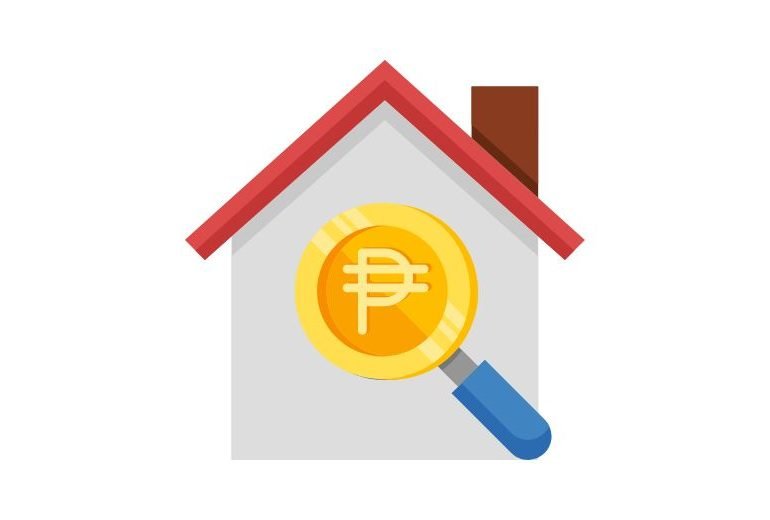Approaches to Value
In real estate appraisal, the appraiser employs several approaches.
The three widely used and generally accepted valuation approaches are as follows:
- Sales Comparison (Market Data) Approach;
- Cost Approach; and
- Income Approach
Common Characteristics
These valuation approaches (or approaches to value) share certain similar characteristics:
1. They are comparative
Under these three approaches, an opinion of value of the property subject of valuation (appraisal) is arrived at by performing comparison with other properties (comparables or comparable properties).
2. They are predicated on the principle of substitution
The principle of substitution holds that a prudent person would not pay more for a good or service than the cost of acquiring an equally satisfactory substitute good or service. The lowest cost among the best alternatives tends to establish the Market Value.
3. They are market based
These three approaches are applied by using market-derived data.
Sales Comparison (Market Data) Approach
Sales Comparison Approach is also referred to as Market Data Approach. The latter term, however, may cause misconceptions as it may imply that the other approaches are not based on market data. It is important to point out that, as noted above, all three approaches are applied by using market-derived data. Only that this approach takes into account direct interactions between and among buyers and sellers in the real estate market (actual sale transactions as well as listings).
Hence, all other factors being equal, this approach is regarded as the most direct and straightforward one.
Cost Approach
Cost Approach considers the possibility that, as an alternative to the purchase of a given property, one could acquire a modern equivalent asset that would provide equal utility.
Applied in real property appraisal, this would involve the cost of acquiring equivalent land and constructing an equivalent new structure. The land and improvement components of an improved property are separately valued or appraised, and the respective resulting values are added to get the indicated value of the property as a whole.
The land component is appraised as if it is vacant, generally by applying the Sales Comparison Approach. The building or improvement component is valued based on the cost of constructing a new structure which is either its exact replica (Reproduction) or one of equal utility (Replacement). The reproduction cost or replacement cost is subjected to the estimated accumulated depreciation in order to arrive at its estimated value at the time of appraisal.
This comparative approach is generally best applied to newly-improved properties.
Income Approach
Income Approach considers income and expense data relating to the property being valued and estimates value through a capitalization process.
This approach is in part based on the principle of anticipation. This principle holds that value is simply a function of the present worth of future benefits, usually in the form of income. This is applied in the valuation of an income-generating property.
Appraiser’s Judgment
The appraiser, however, is not required to apply these three approaches at all times.
There may be instances where the available data is not sufficient to support a reasonable conclusion of value by using one of these approaches. On some occasions, the nature of the subject property itself calls for the application of only one or two approaches.
In such a case, the appraiser may disregard the inappropriate approach or approaches, stating the reason why he so concludes.


